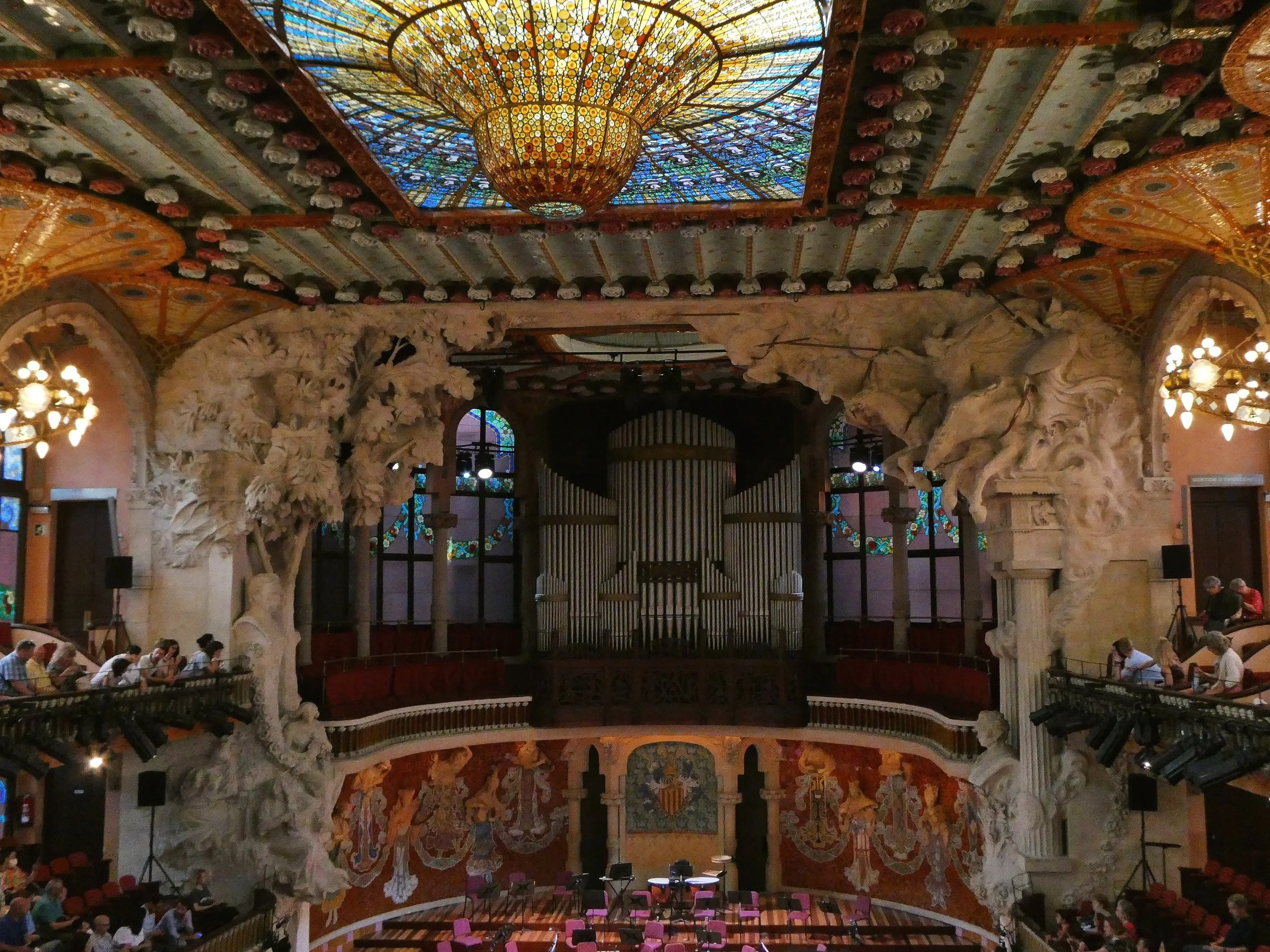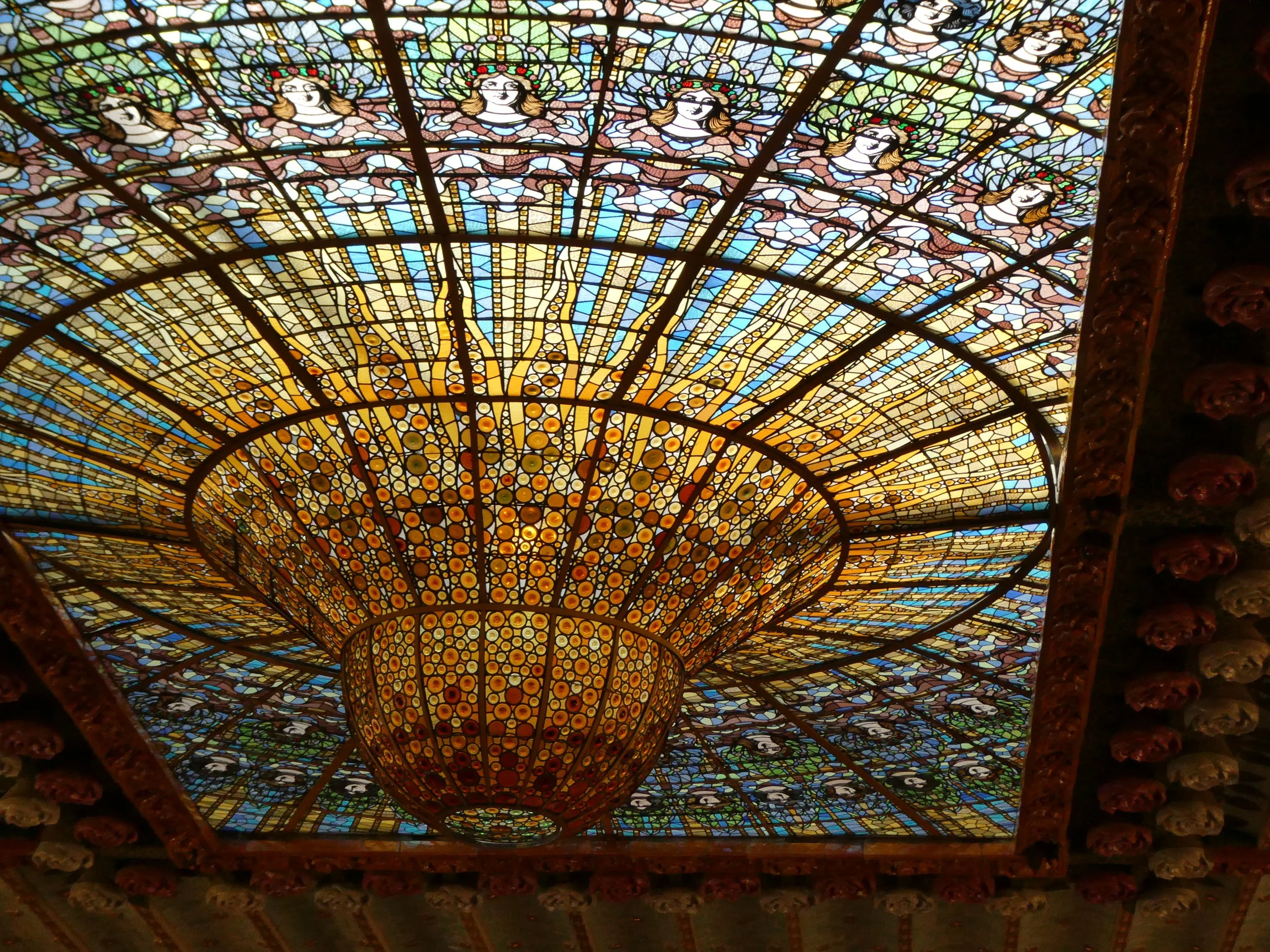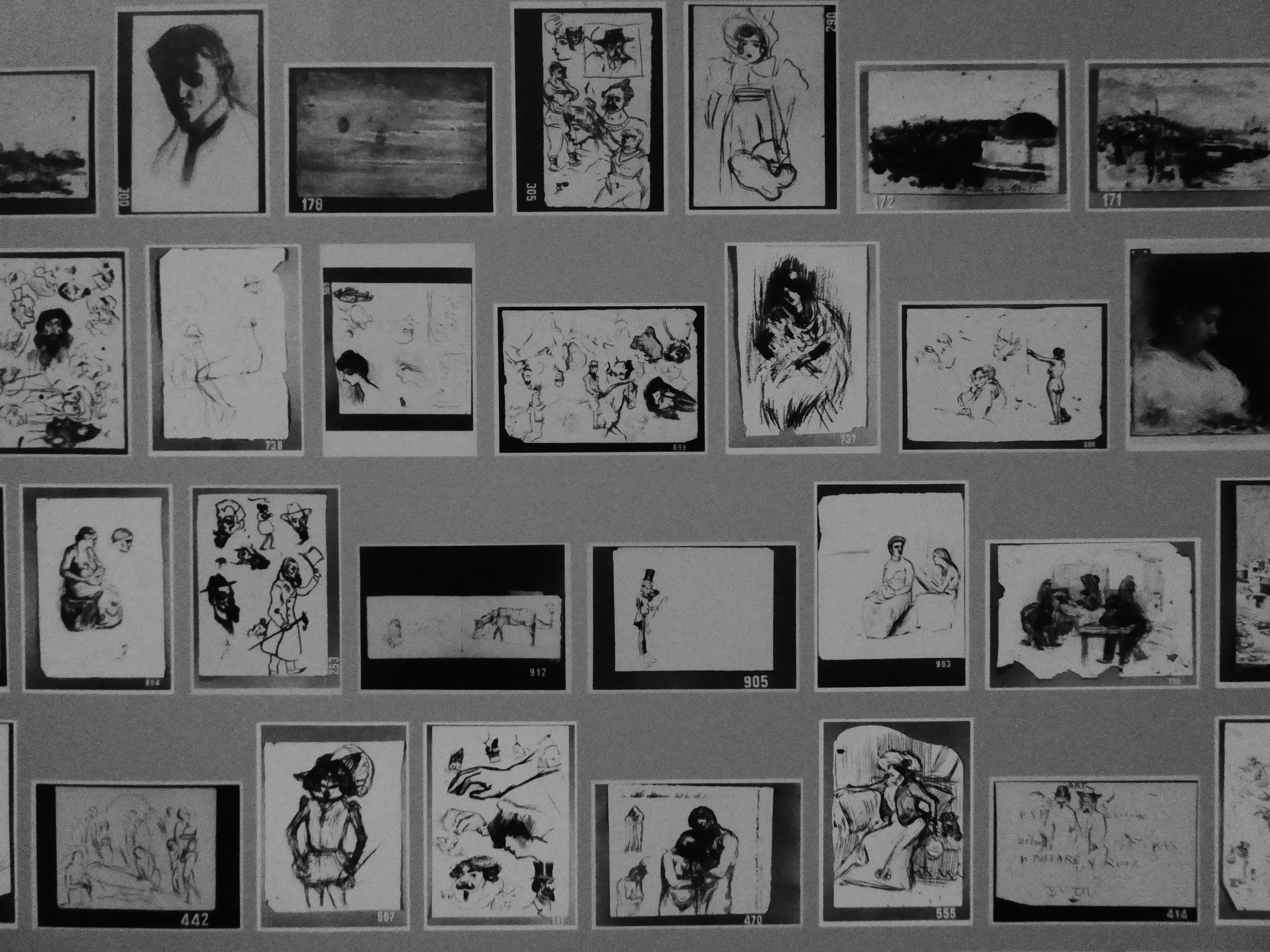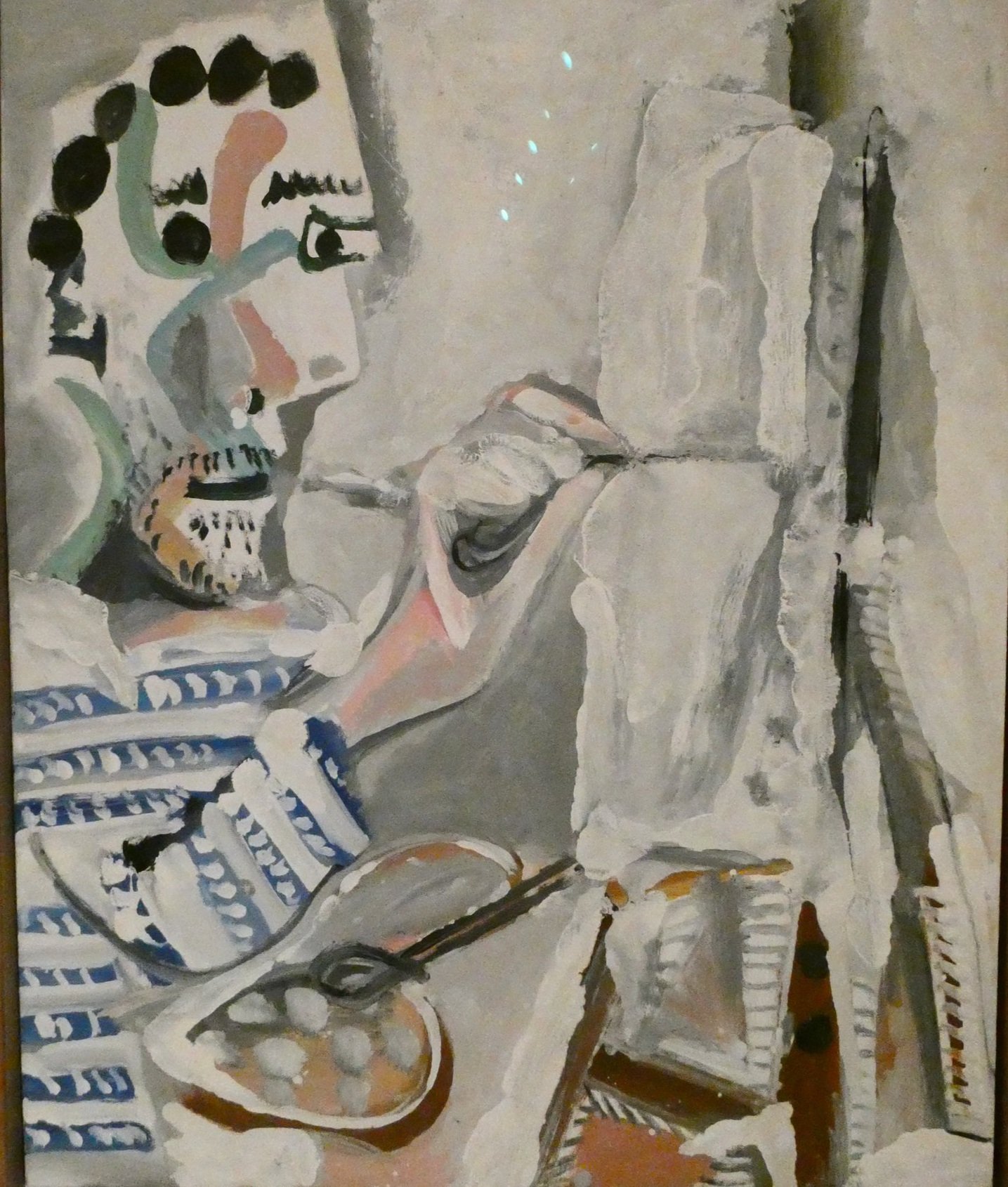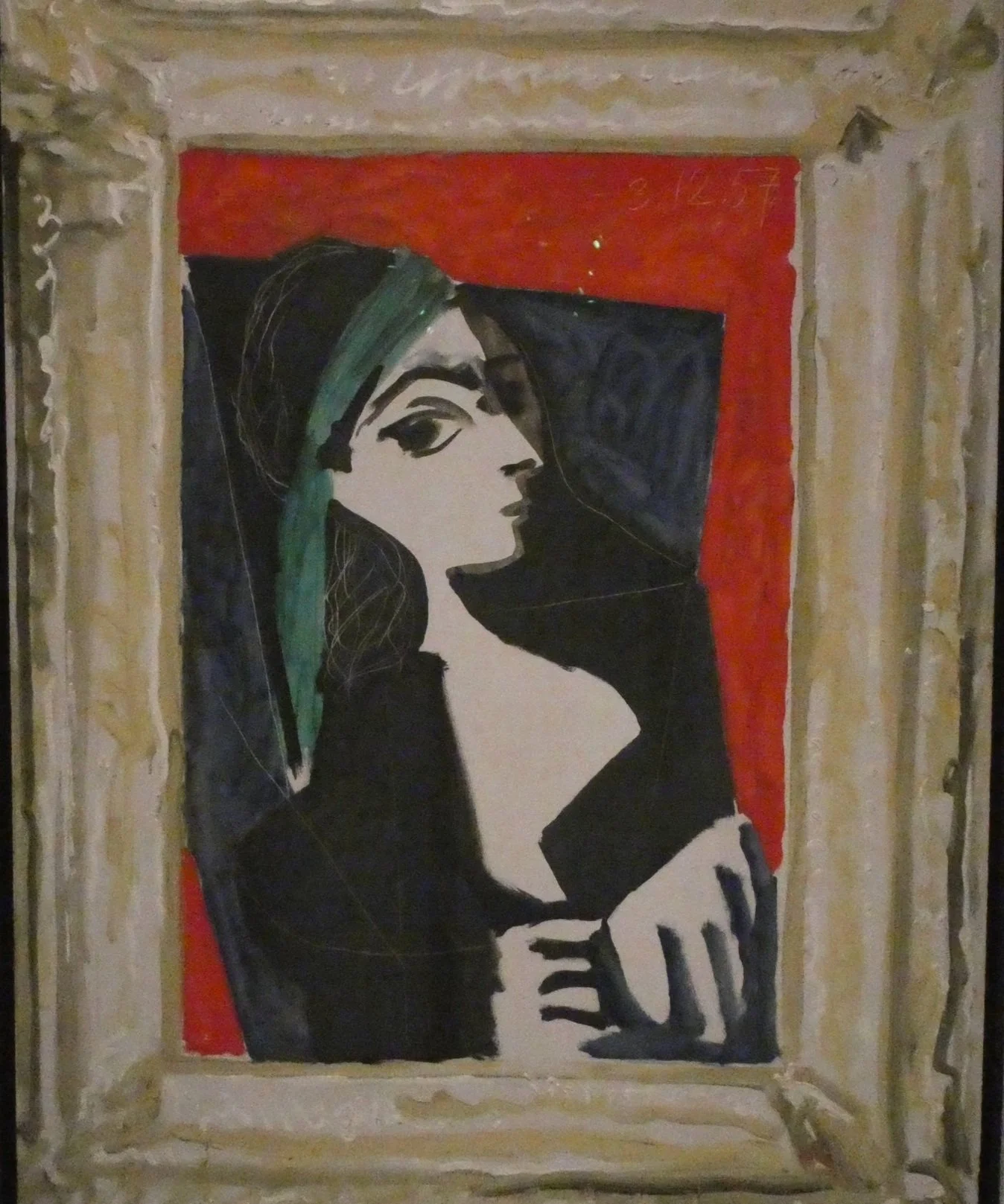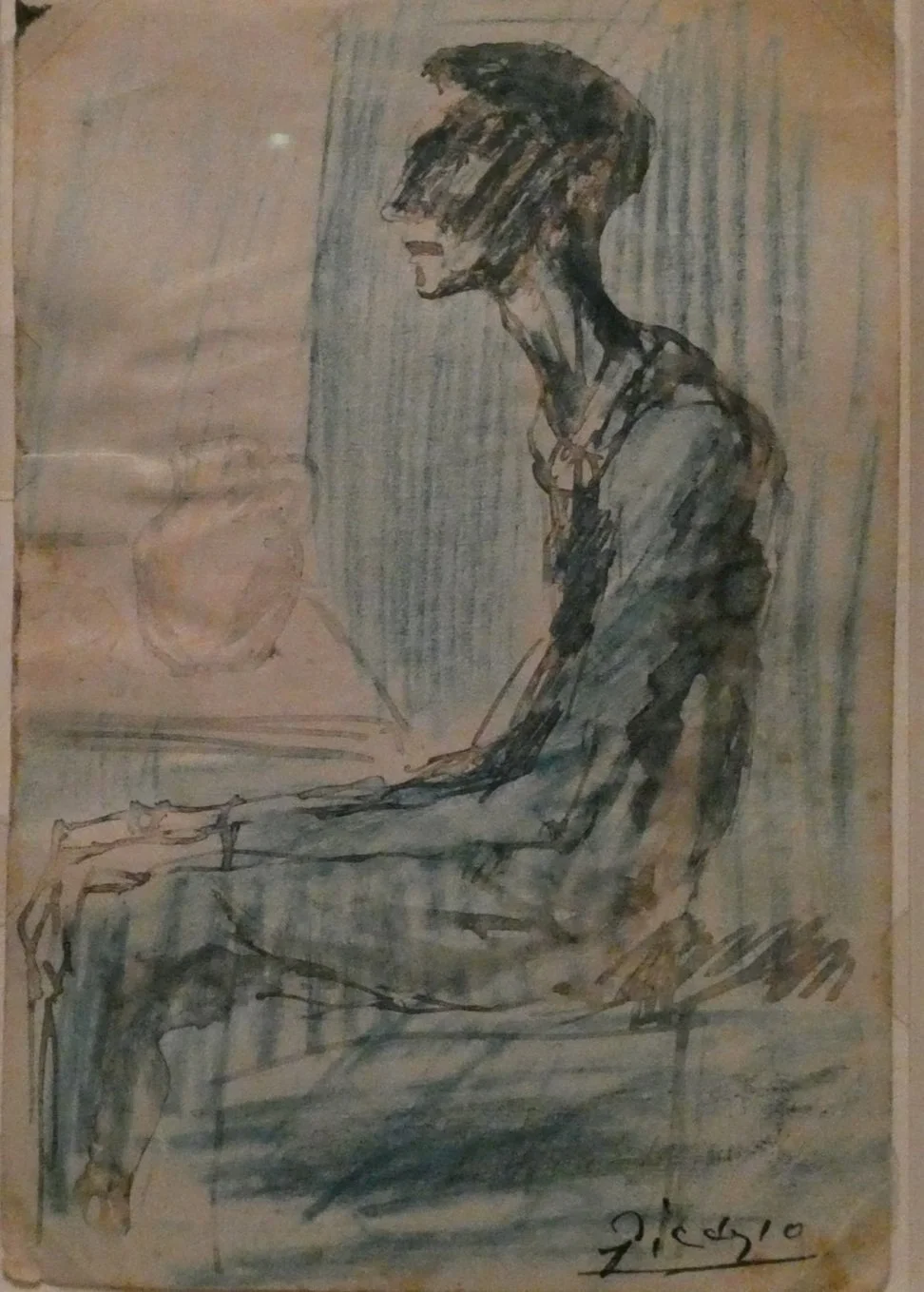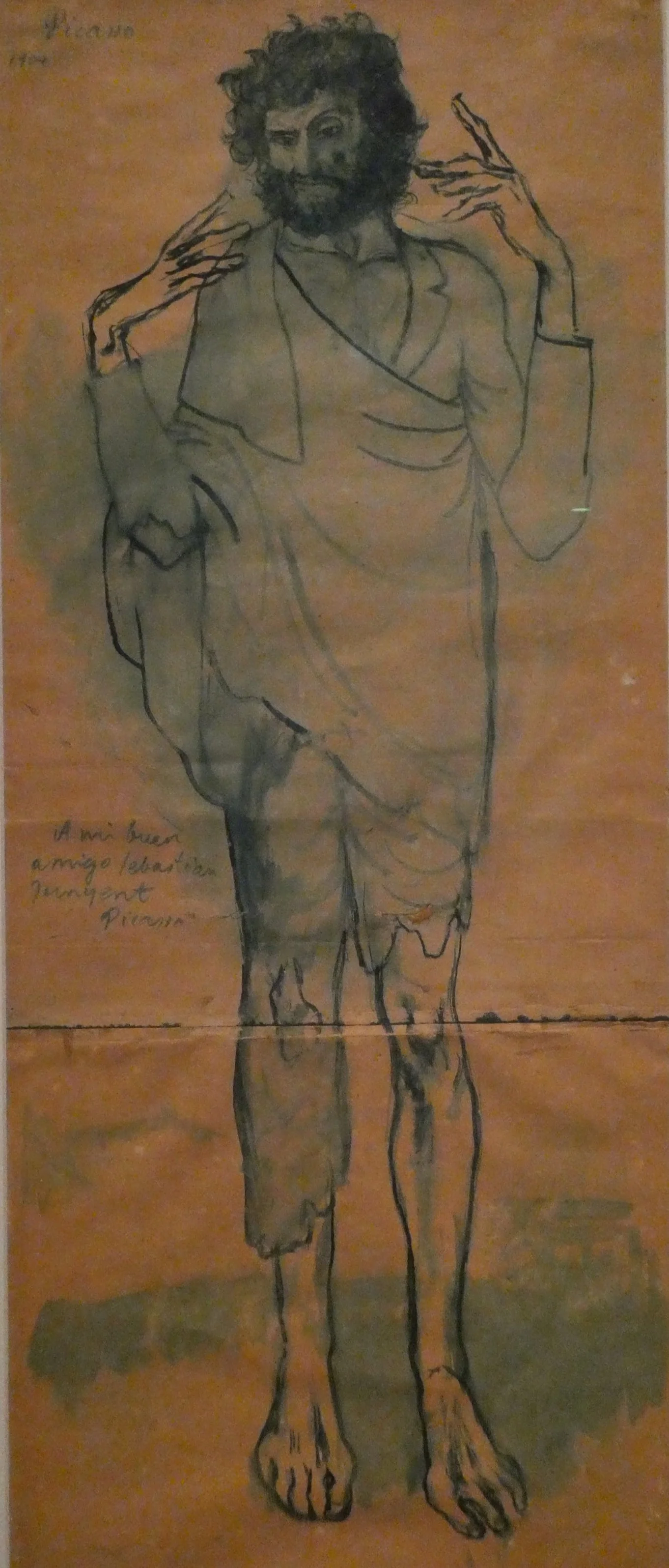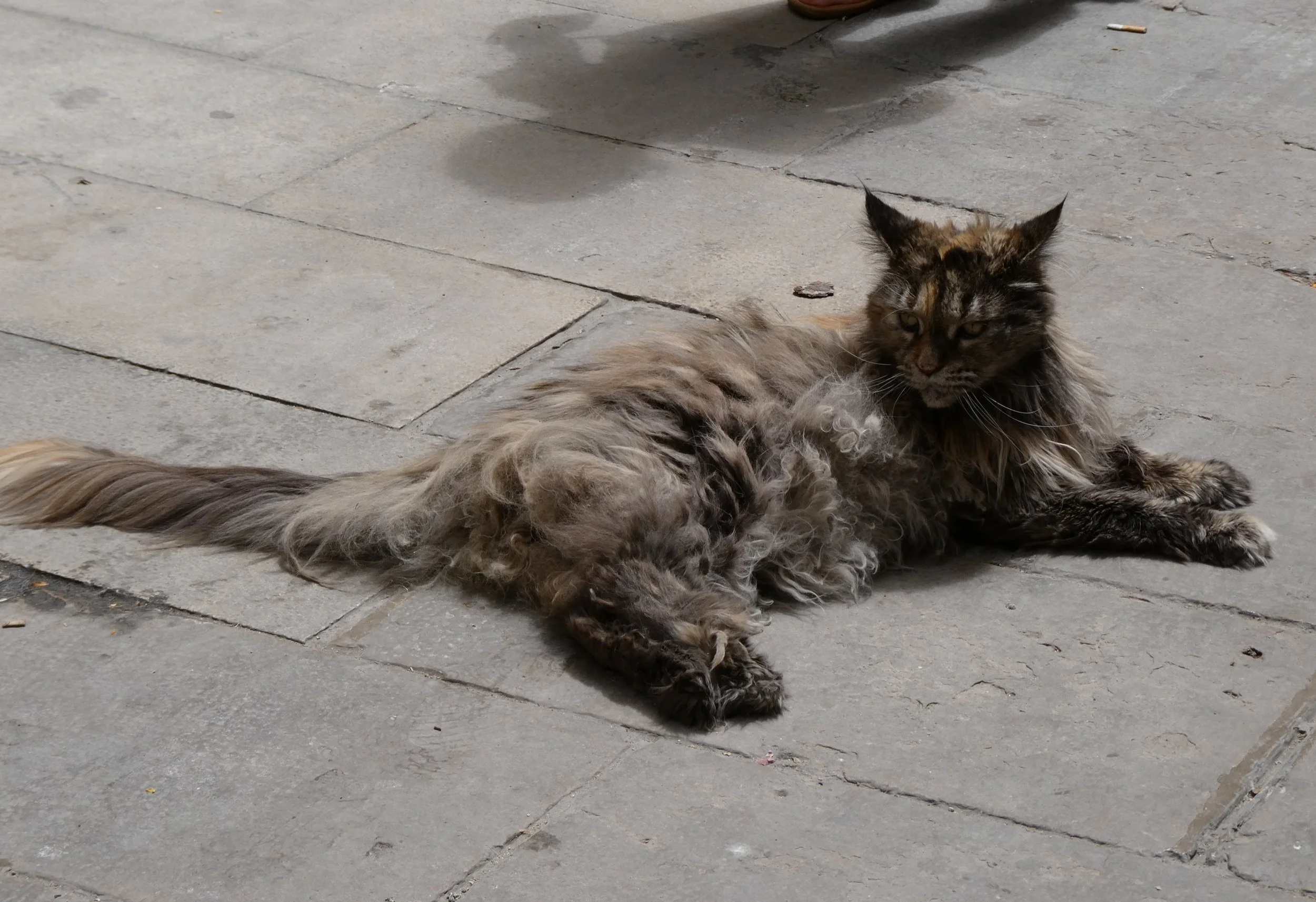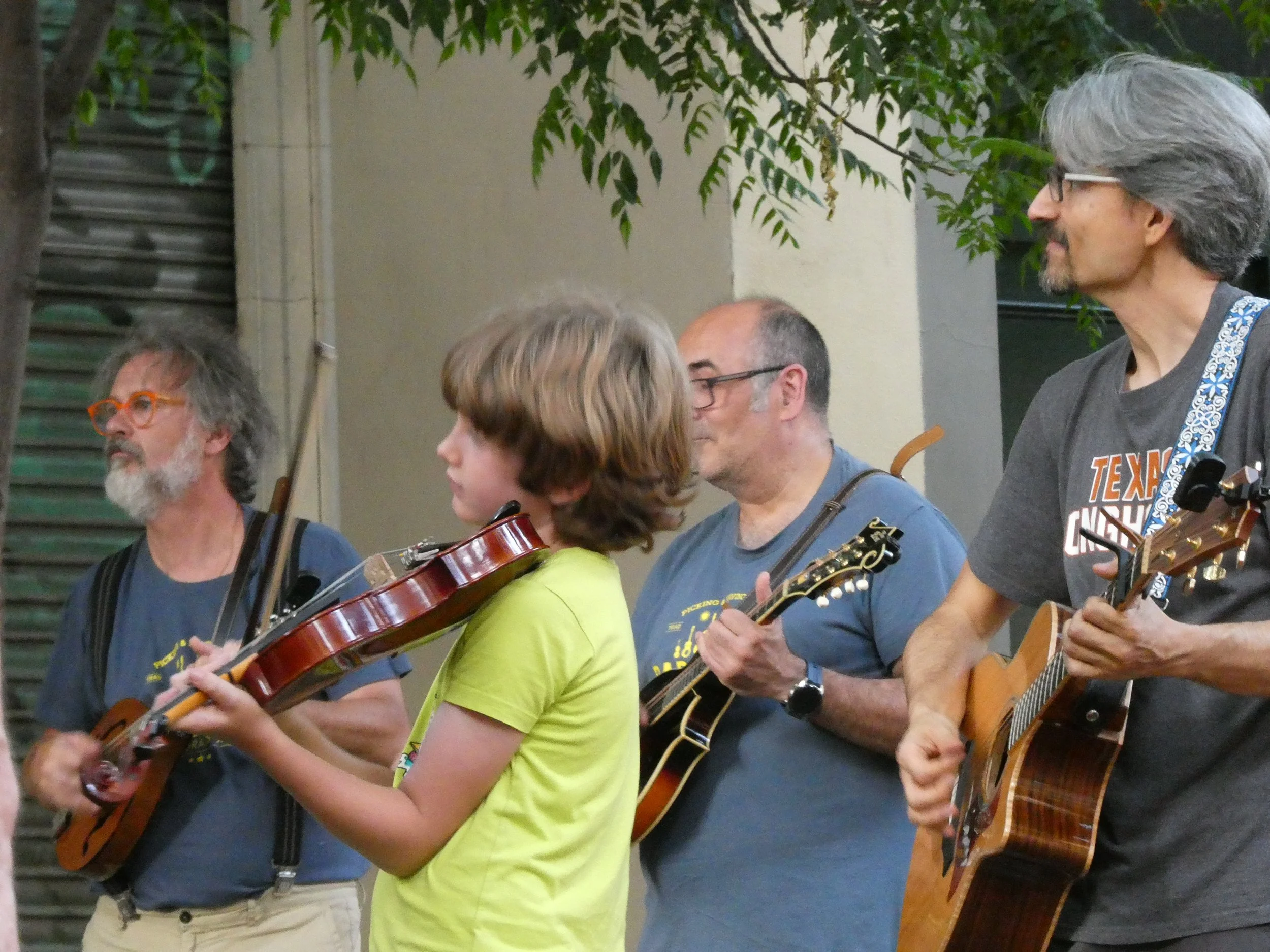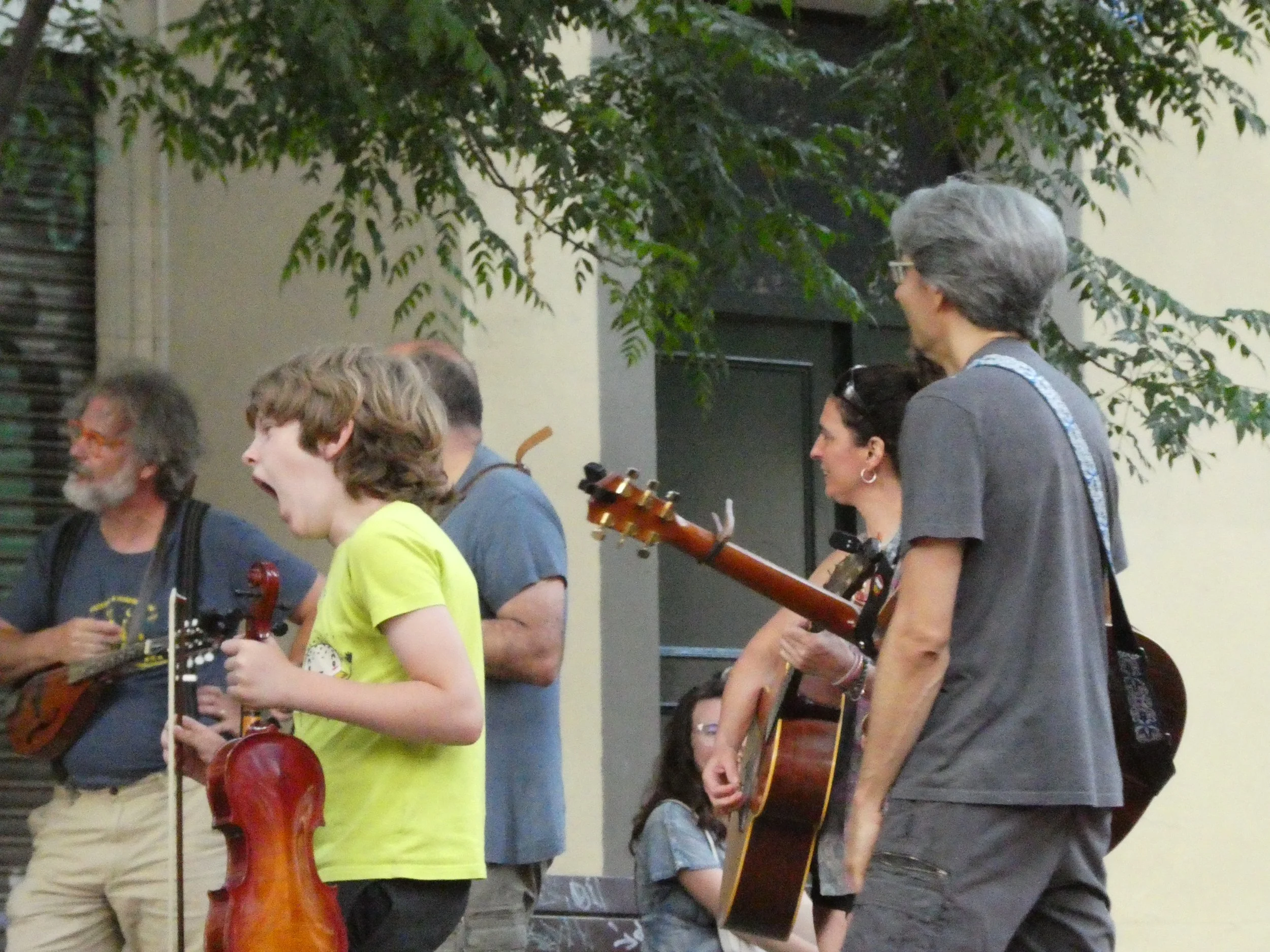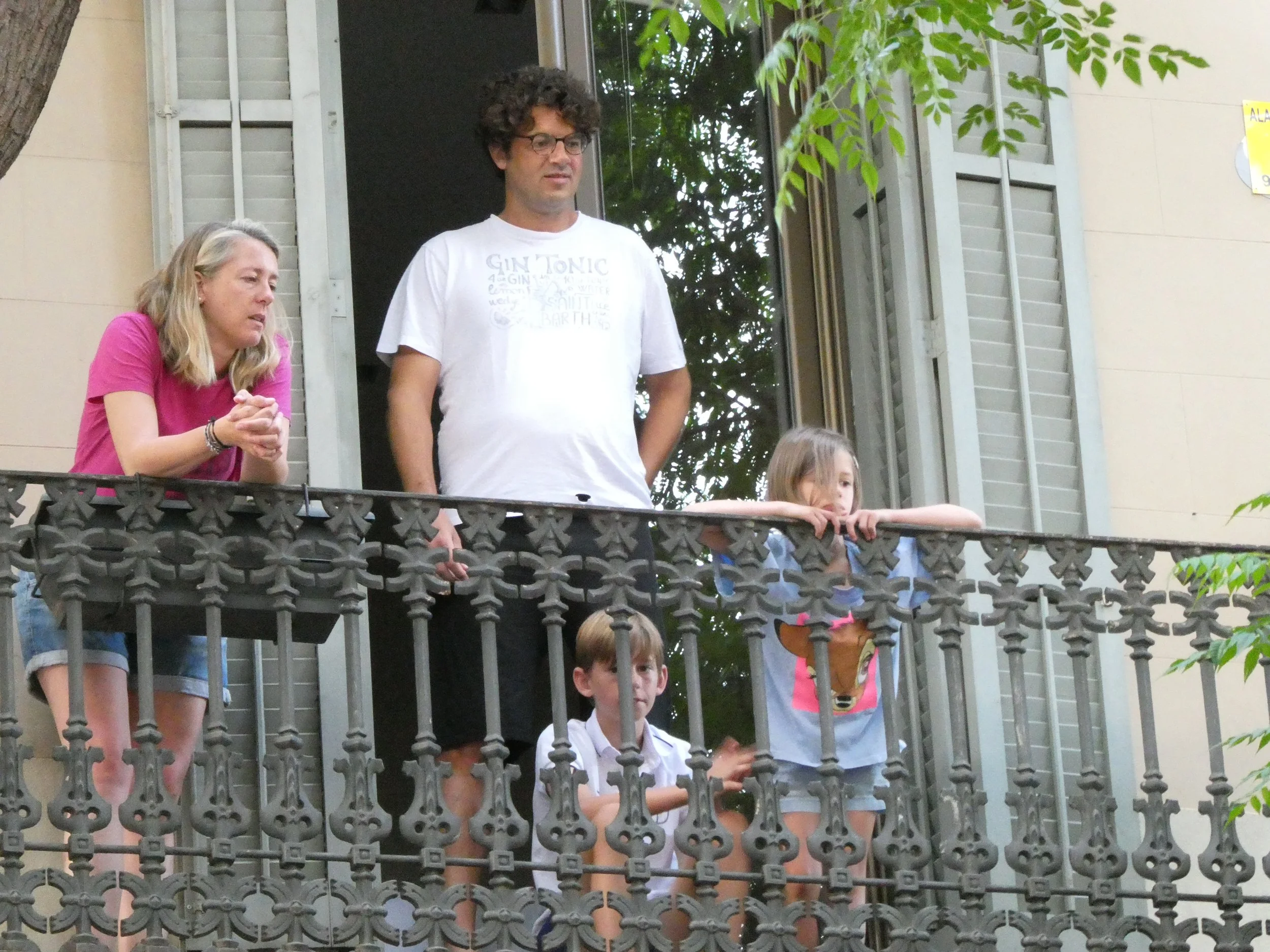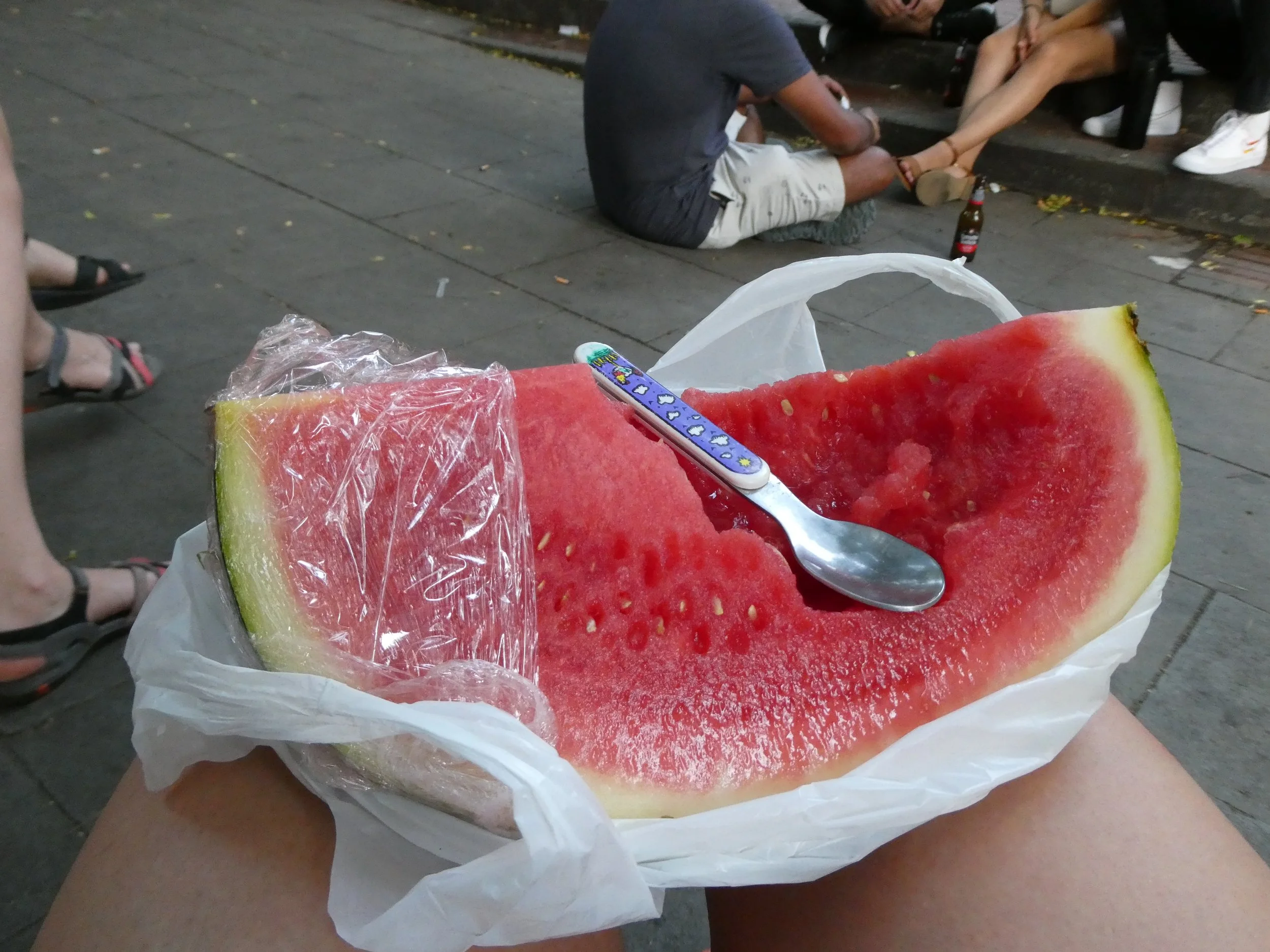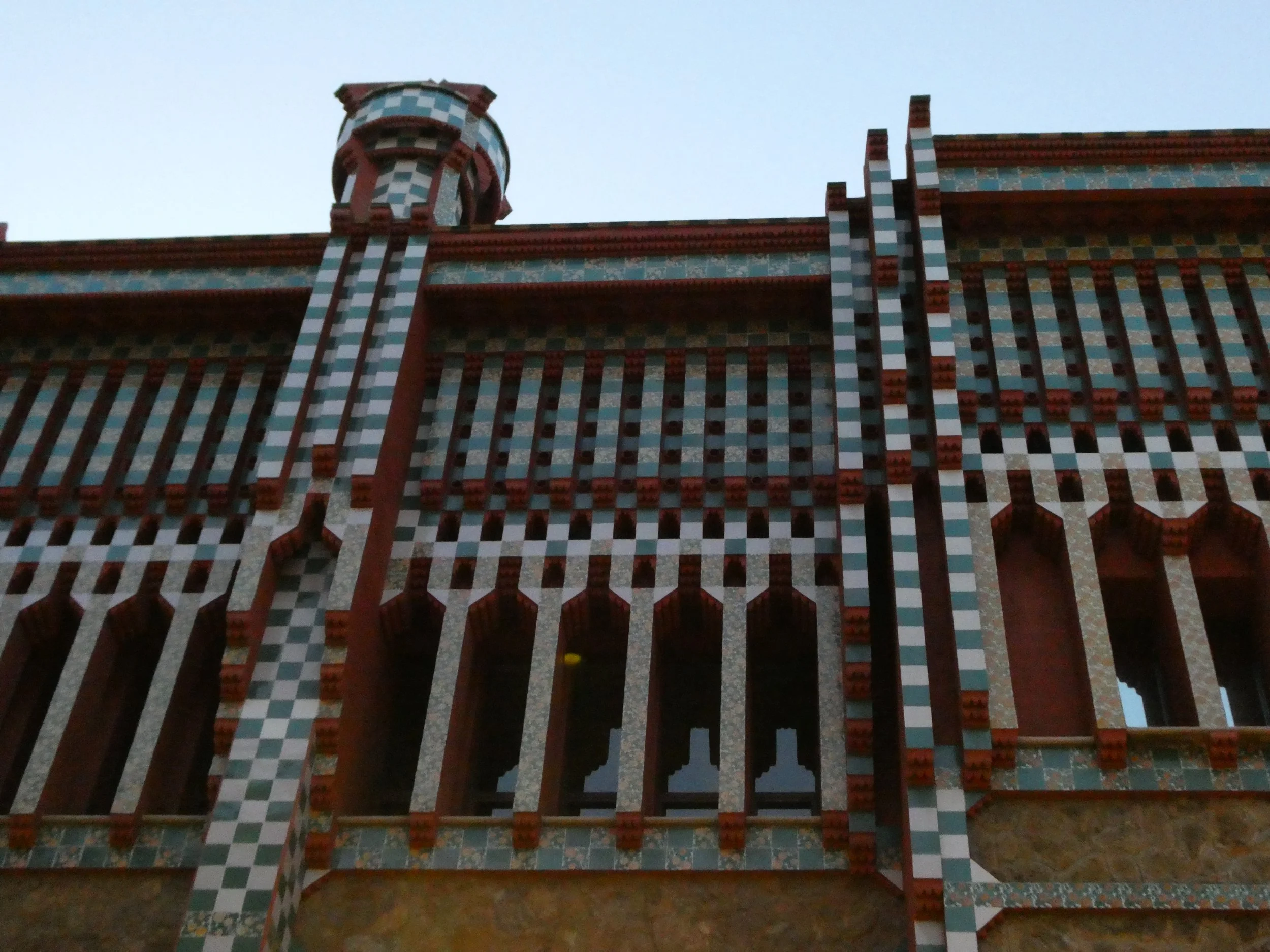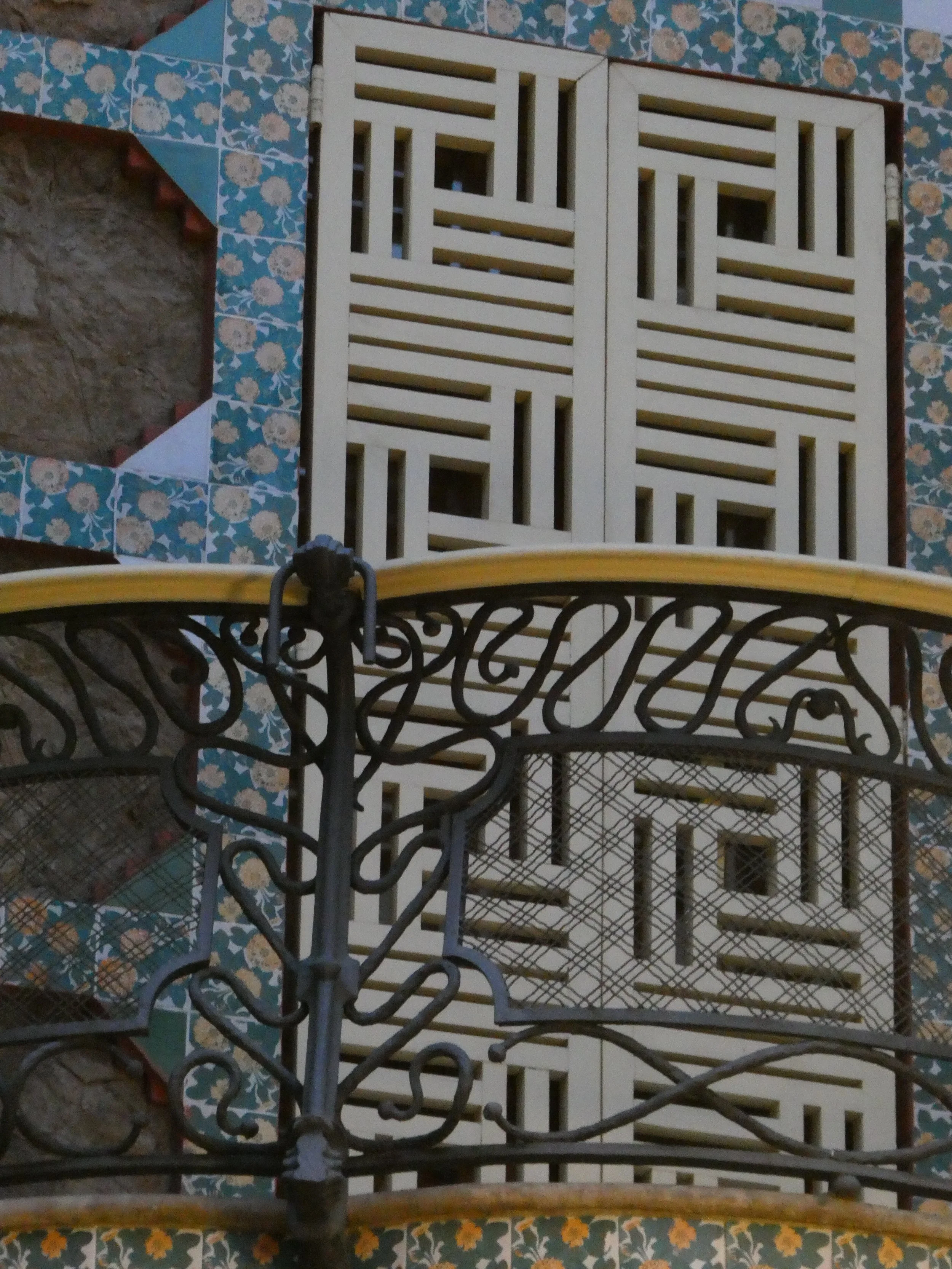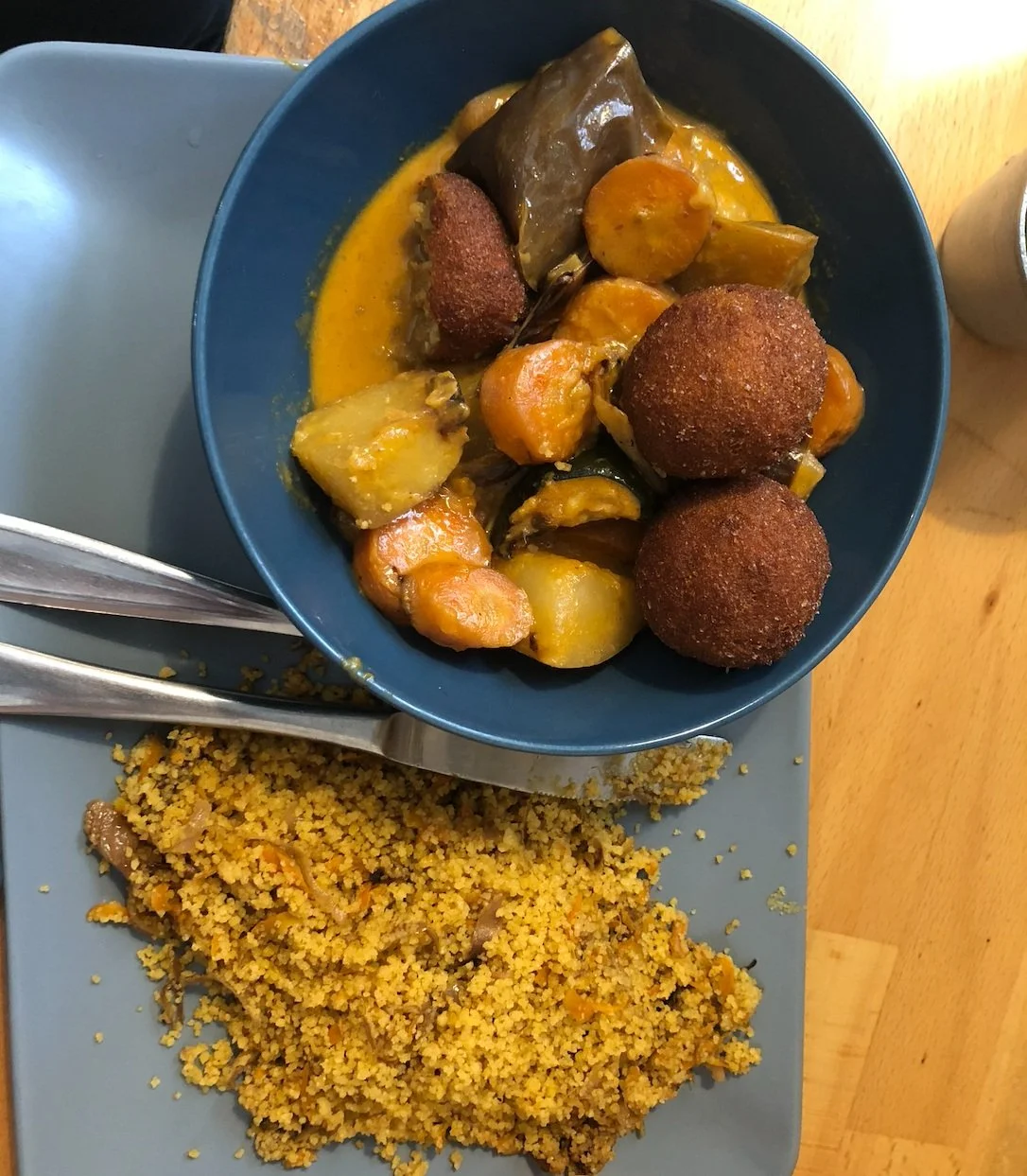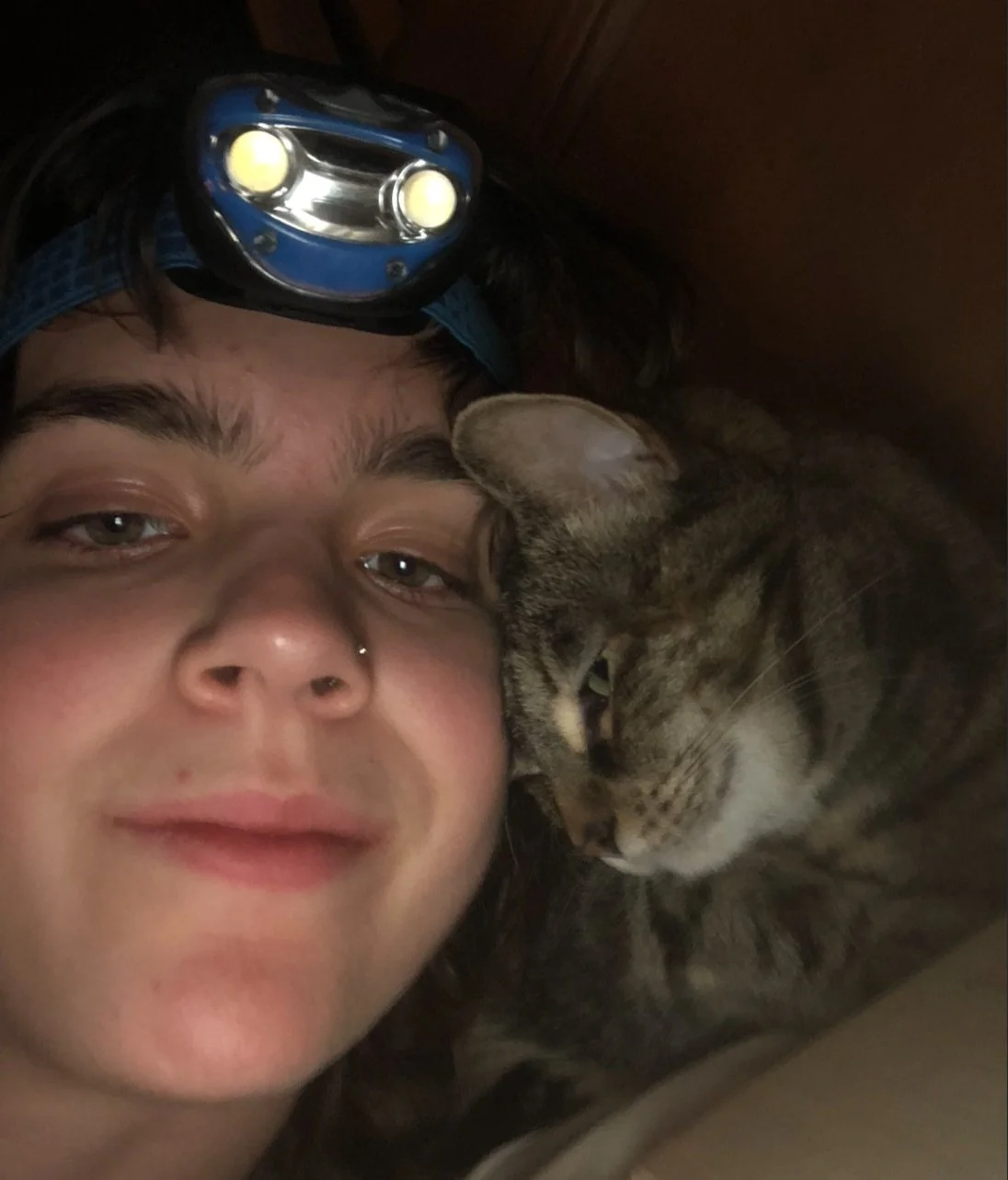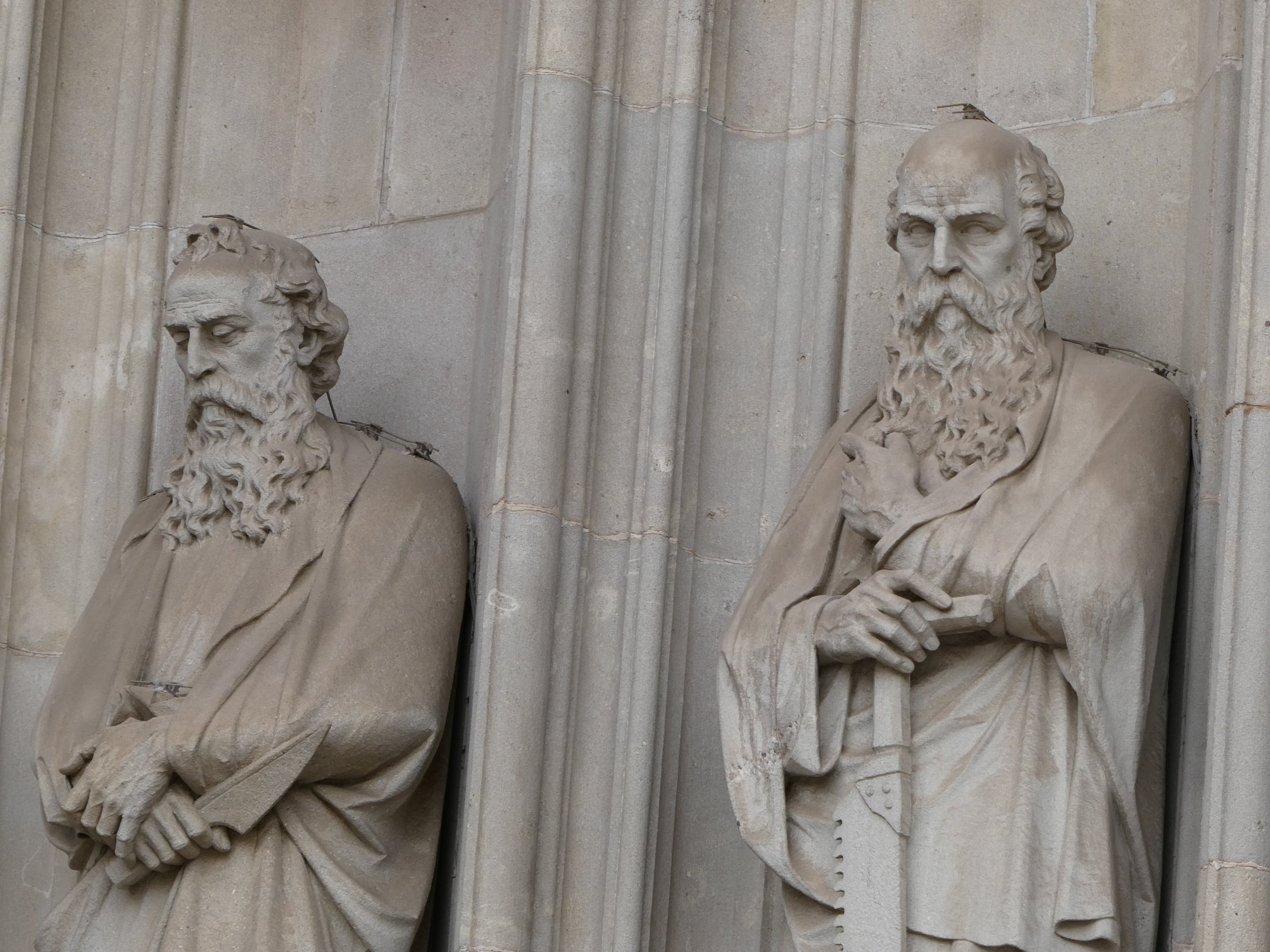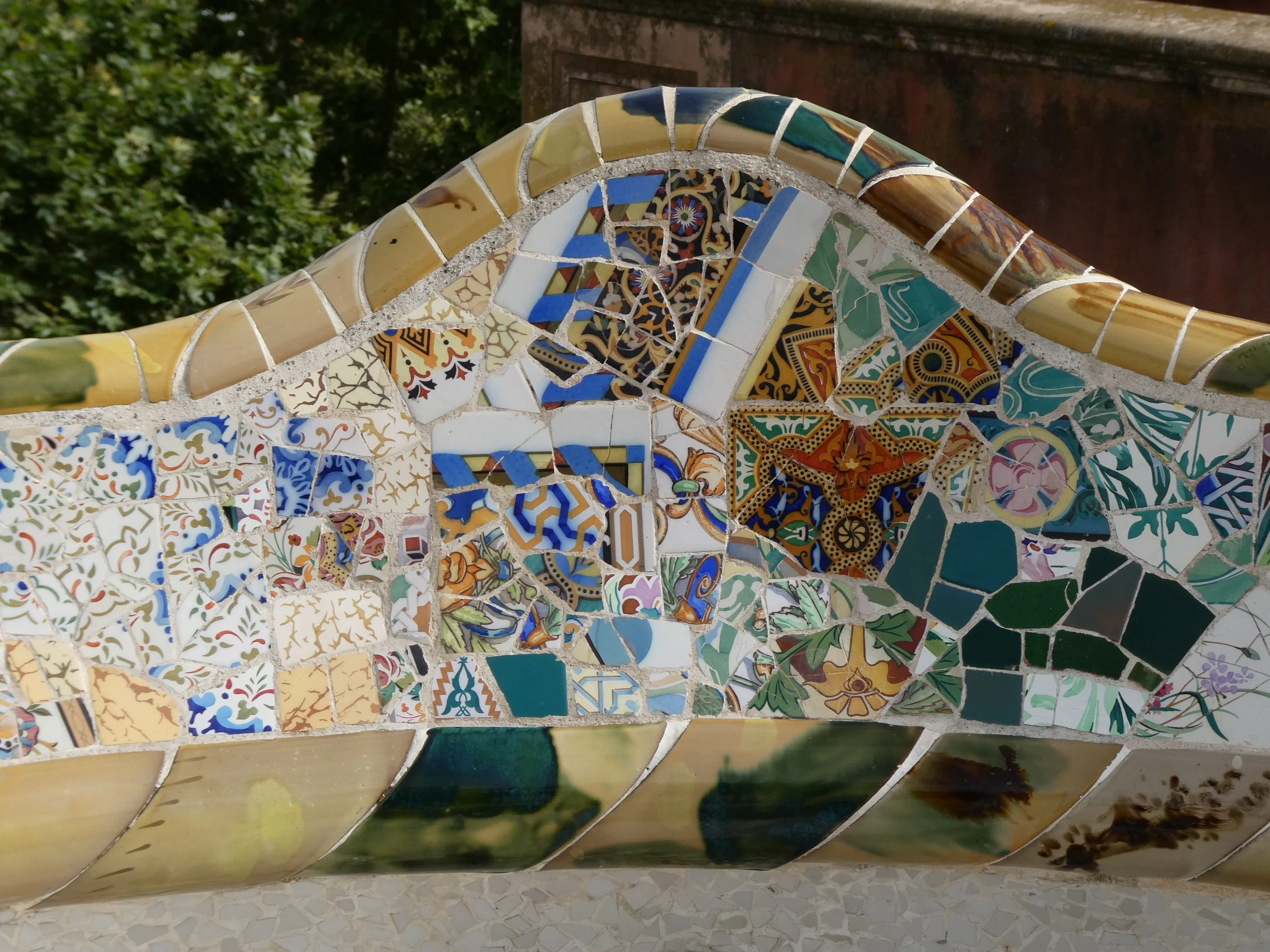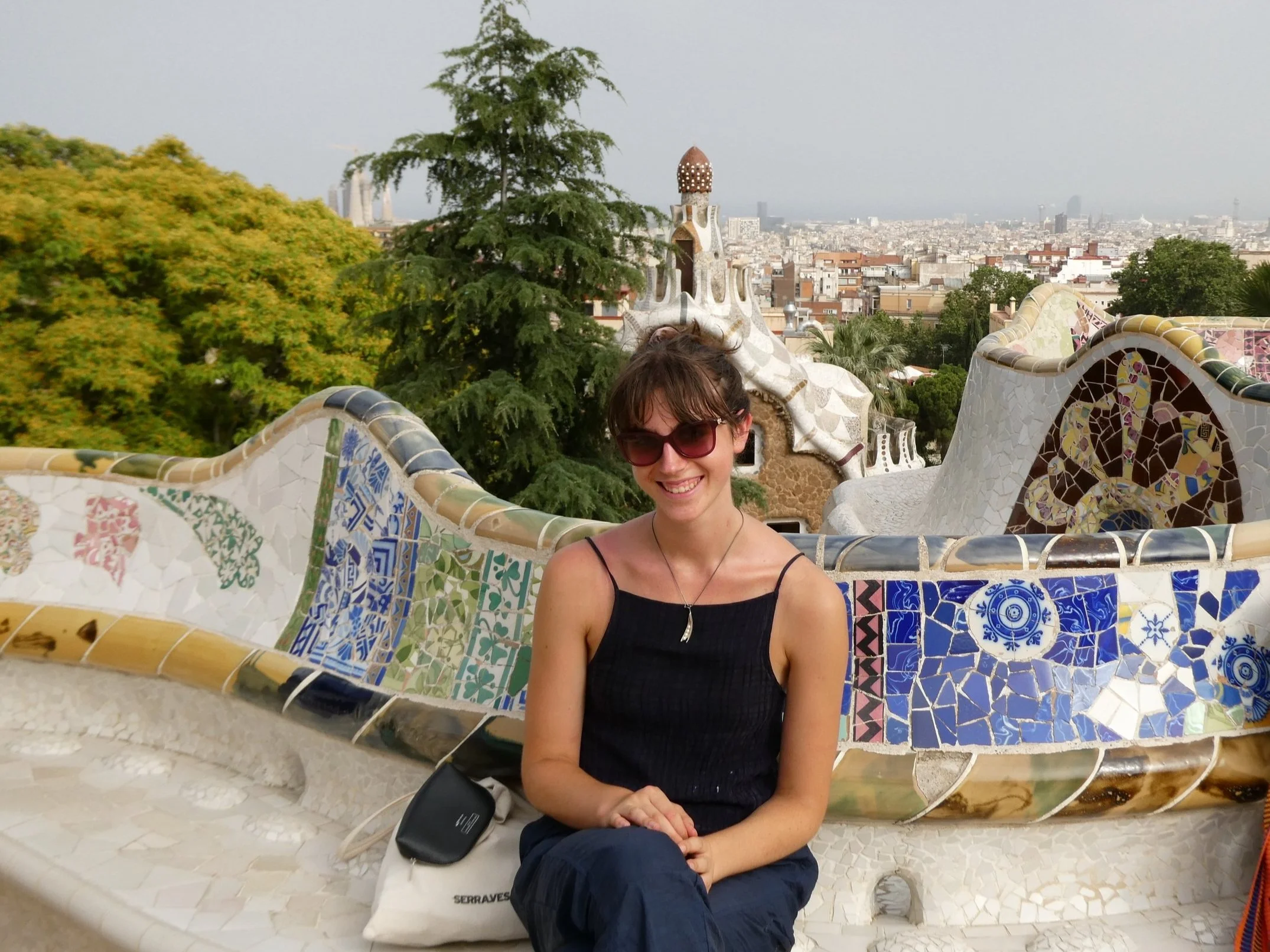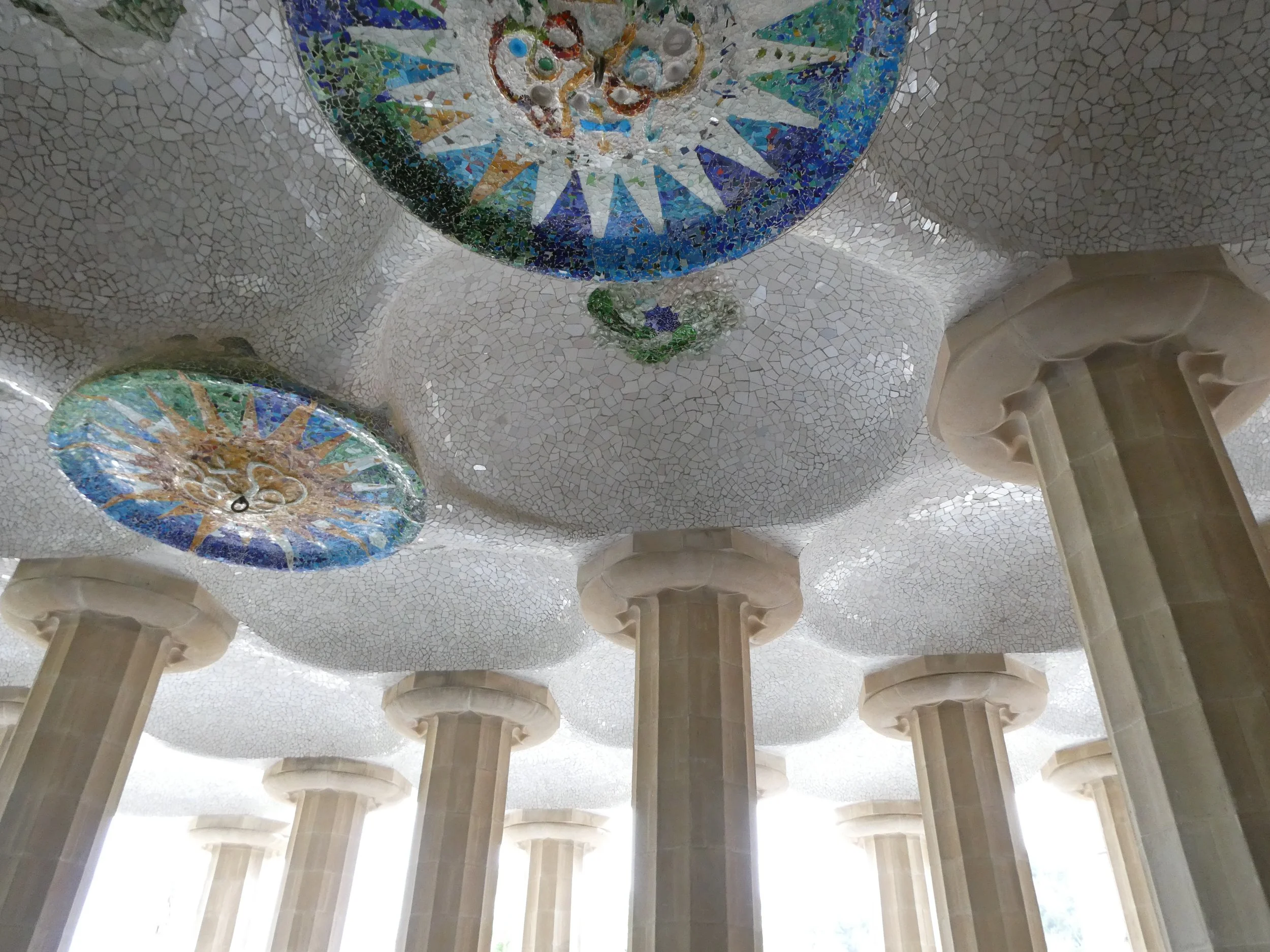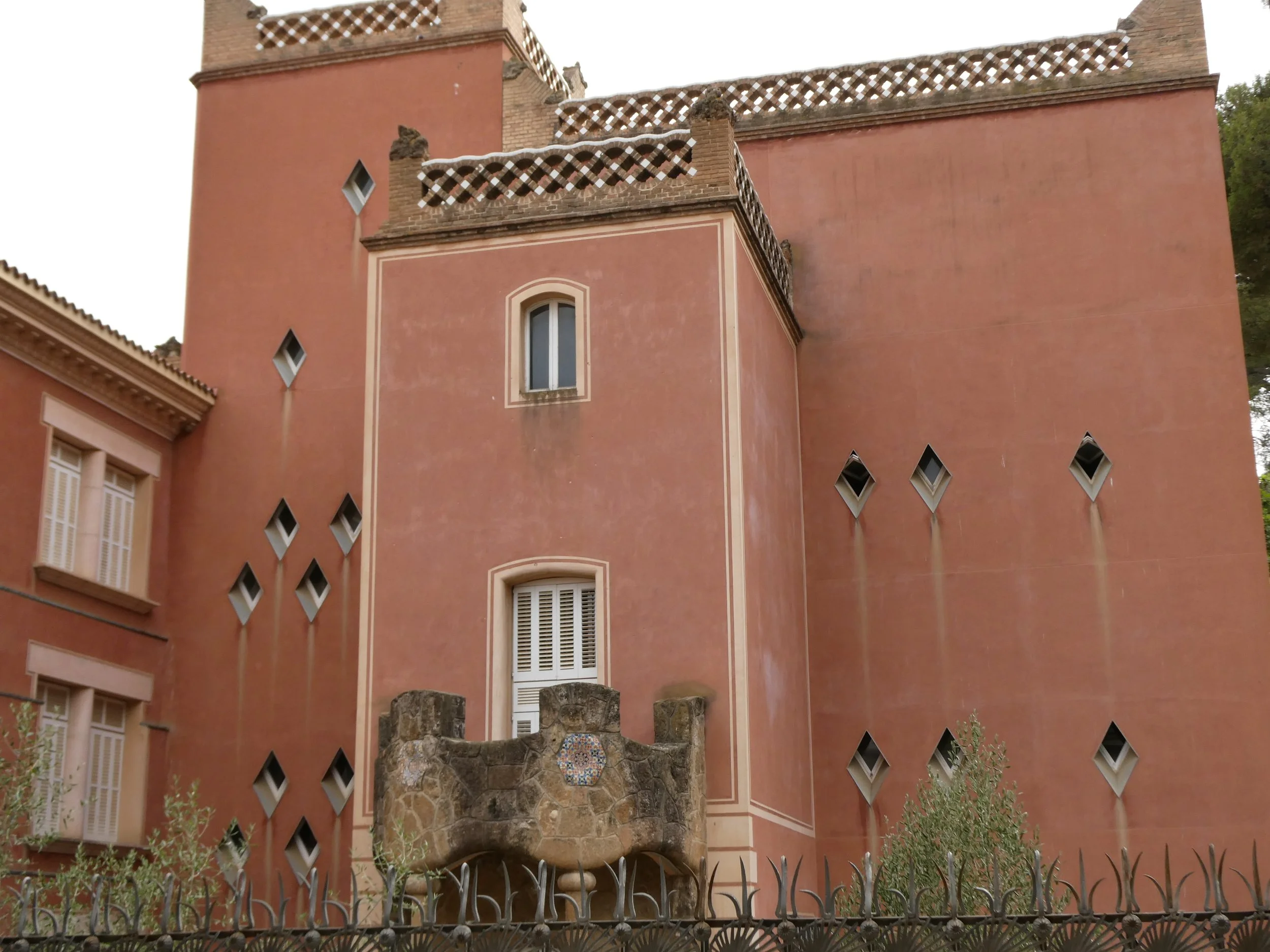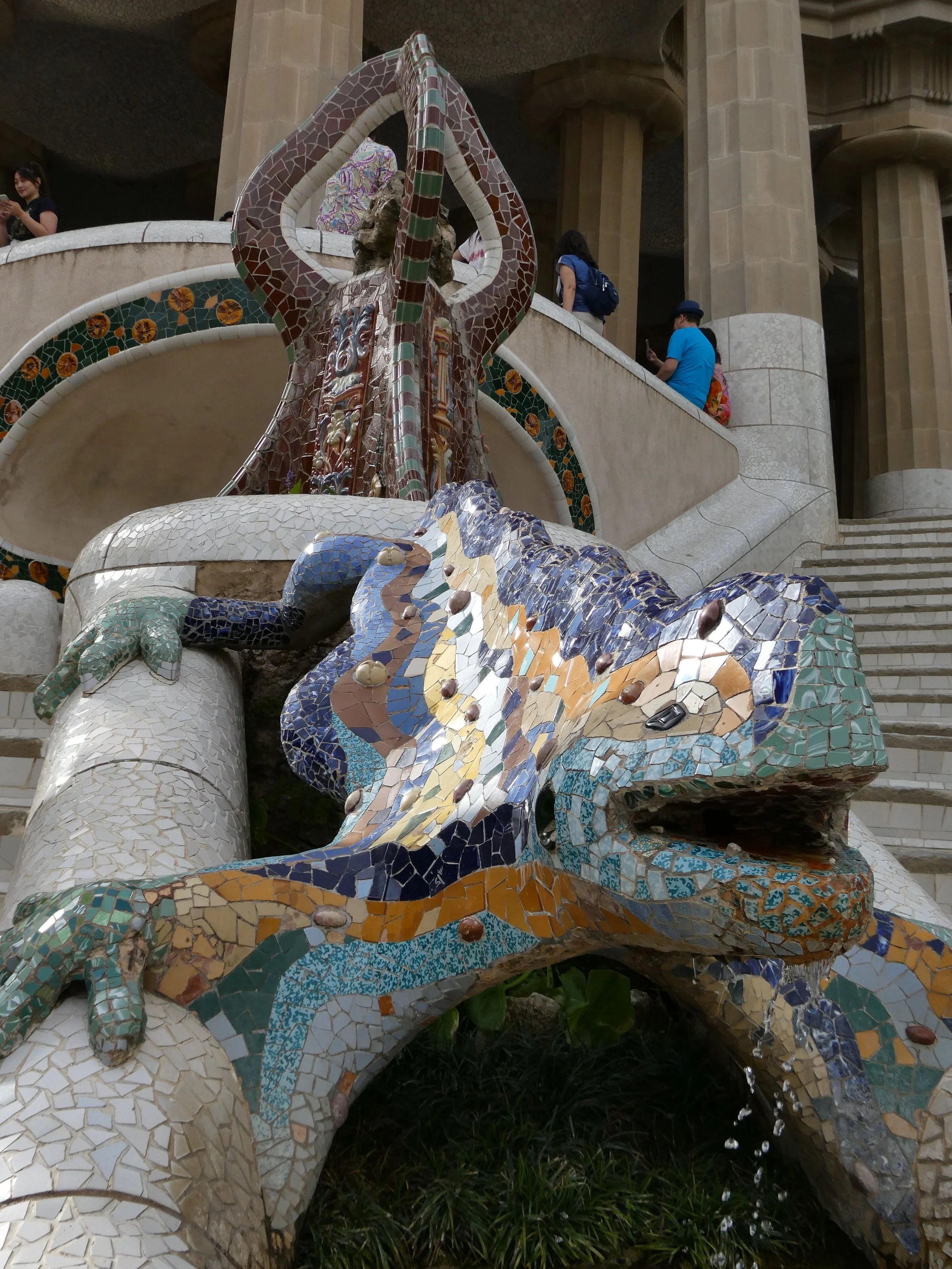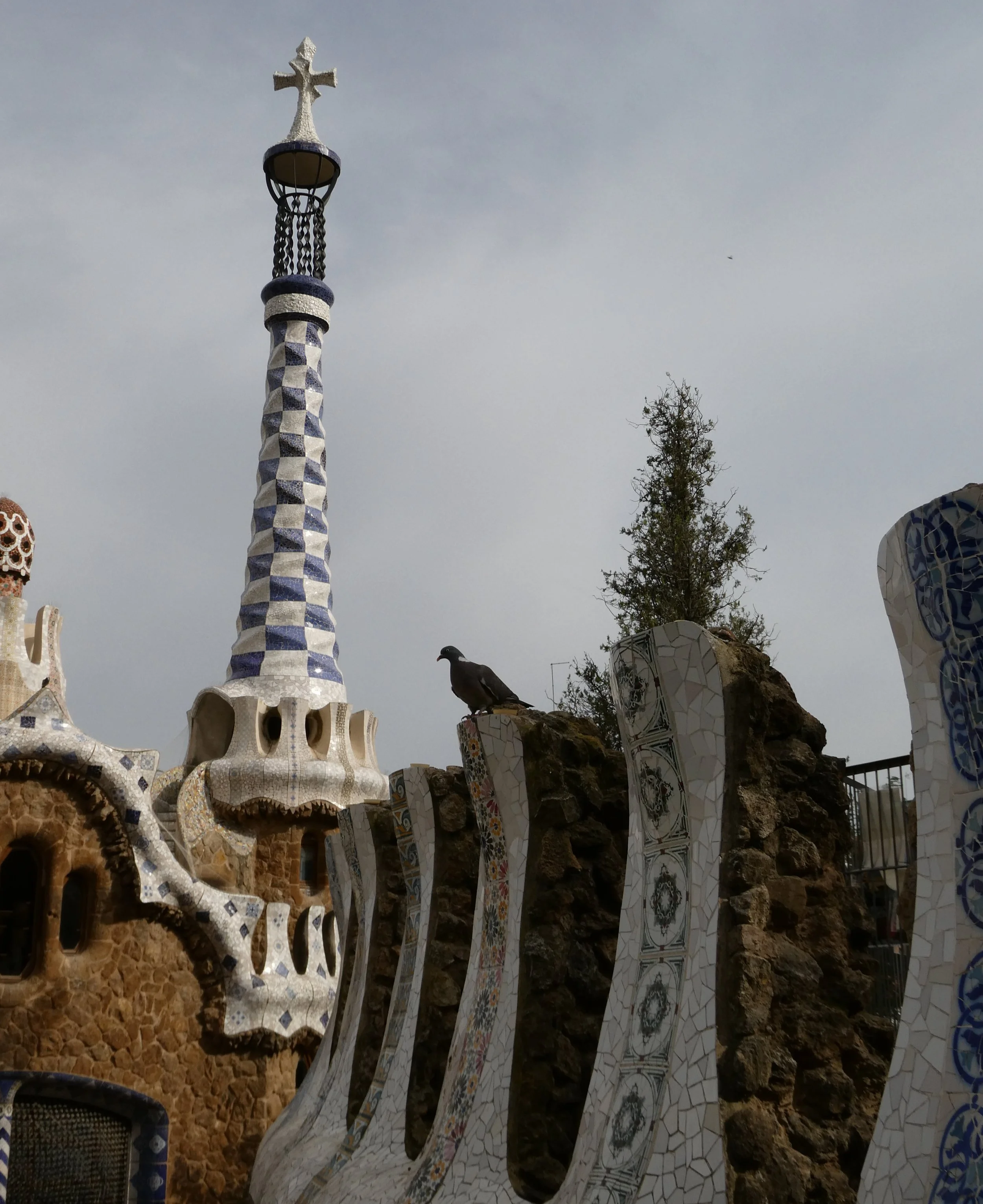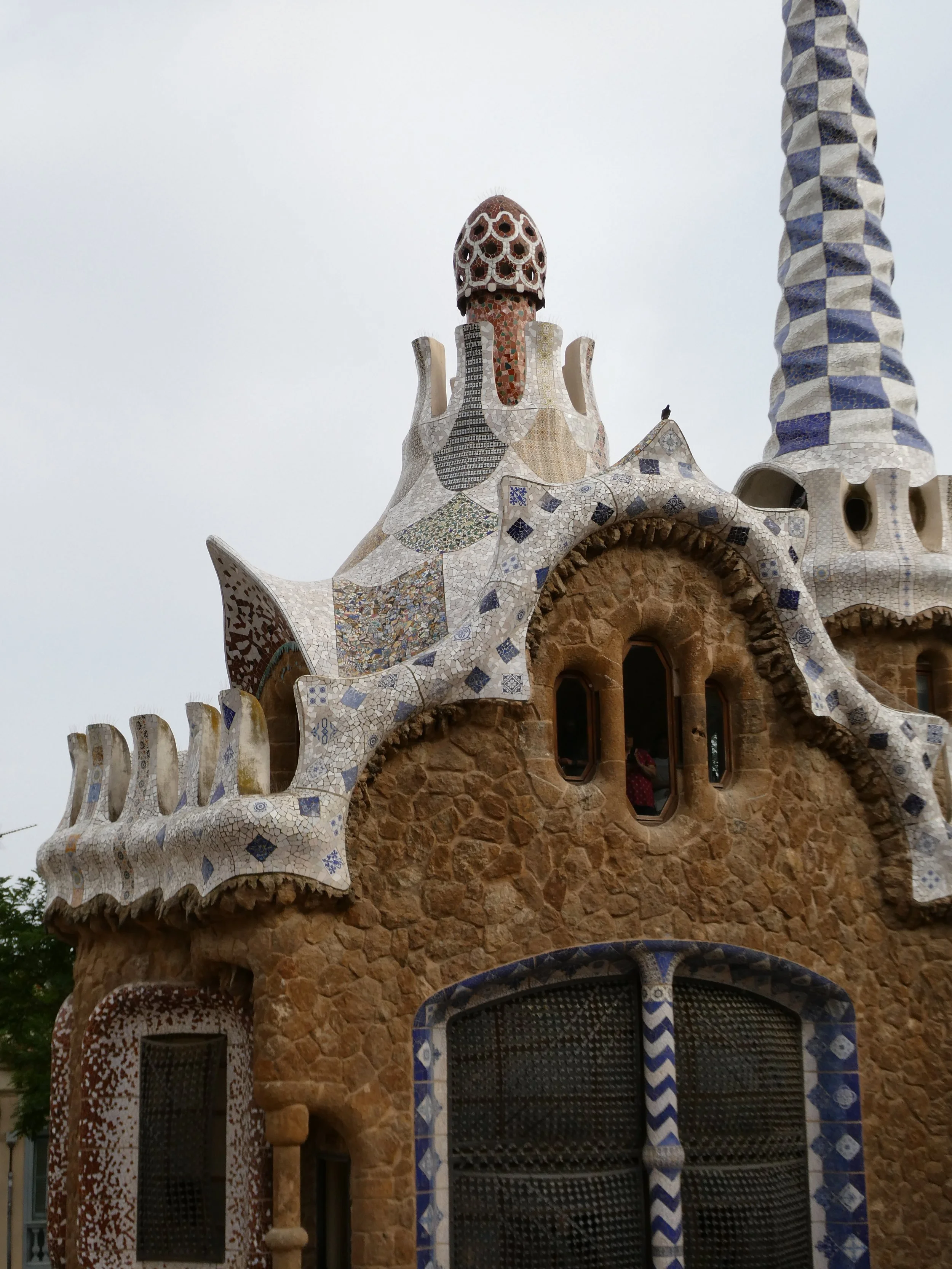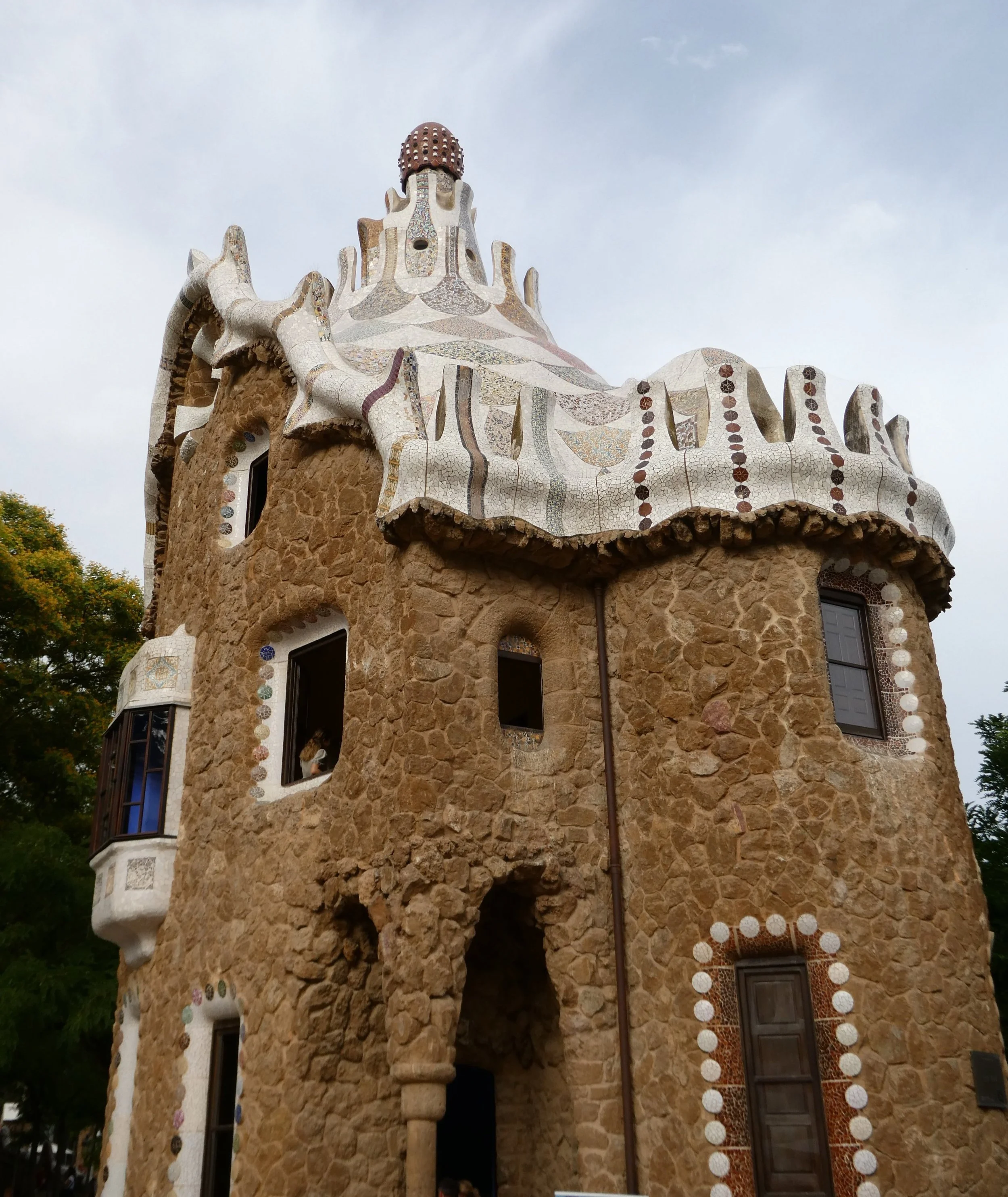Barcelona
The cycle of peaks and troughs persists. After convalescing in Bilbao, things reverted for me in Barcelona, manifesting primarily as loneliness and unease and subsequently (or perhaps more so correlatively) exhaustion. But, I can accept once again in retrospect that travel has no special privileges against the lows. It has taken well over a week but I have been able to weed out what I want to cast away from those days, and I will feature the rest here.
Upon entering the room of my hostel on the first night, I heard a girl moaning in her bed, seemingly ill. This continued through the night. A first night’s good night sleep: out the window. The next morning when I climbed down from my top bunk, to my great surprise in the bed below me there was an old man passed out in his underwear. Great. I miss Amir.
I had discovered that Mozart’s opera The Magic Flute, one of my all time favorite creations, was serendipitously to be playing at the Palau de la Musica Catalana on the first evening that I was in the city, and I had bought a ticket. It turned out to be an ambiguously intricate experience. On one hand it gave me a sense of solace and stability to immerse myself, newly embedded in loneliness and paranoia, into a realm of stability of my younger years. On the other hand, the nostalgia was too jarring, or at least in too much conflict with the present tunneled vision, and it was difficult to appreciate the opera’s artfulness.
The hall is undoubtedly beautiful, though.
The company had a pretty post modern style, which of course spiked my interest. Things like the actors and musicians interacting on stage before the show, fixing costumes and laughing, as if backstage. Lots of breaking the fourth wall.
The opera is at heart playful and mystical, and this performance definitely utilized both qualities to an artistic advantage. There was also a good amount of dance worked in, all done by children. The unidentified monster, who kickstarts the opera by chasing and terrorizing Tamino, was represented as a kind of three dimensional banner and effectively used as a prop by the dancers, rather than a prop of a character. It was this kind of artistic choice that gave me some momentary amped up inspiration, like the effect that coffee has on me. (I also realized how severely of a Magic Flute snob I am — I’d find myself annoyed with a note that sounded off, or with an unrefined/unfamiliar intonation. Amusing, ultimately.)
I’m not sure whether seeing the opera was more healing or corrosive to my fragile state, but I’m glad that I went.
I fought my mistrusting lethargy the next morning and went to the Picasso Museum. Picasso donated the entire 800-piece collection, mainly comprised of his earlier works and surprisingly few of his later best-known pieces. It was valuable to see the other *faces* of his oeuvre that are often to be left out when one thinks of his artistic expression and progression.
The first room of the museum has its walls covered with a slew of his small drawings, paintings, and prints.
Picasso’s Las Meninas is a collection of 58 paintings, which Picasso painted in 1957 in response to the original Las Meninas by Velázquez from around 1650. Picasso reflected about the experience of creating the series: “If anyone were to try and copy Las Meninas in complete good faith, and for example got to a certain point – and if I were the copier – would say to myself, ‘and if I just put this a little more to the right or left?’ I would try to do it in my own way, forgetting about Velázquez. The challenge would surely make me modify or change the light, due to having changed the position of a character. In this way, little by little, I would paint Meninas who would seem detestable to a pure copyist – they would not be what he thought he saw on Velázquez’s canvas, but they would be my Meninas.”
The collection comes off as a kind of intensive examination, where every painting seems to act like a study for all of the others. Indeed, Picasso used this very experience of creating such a volume of related pieces in order to feel the sensation of connecting with his work more vividly.
Often regarded as the face of the 58.
Since appropriation (of the best sort, I think) was such a fundamental approach for Picasso, I found the collection to be especially opportune for thinking about him separately from his work. It is such an explicit insight into his routine of obsession and shameless reinterpretation. And of course, a project of such repetition (and thus, exposures of variabilities) is telling of his foremost concerns, interests, and memories. For instance, his multiple pieces on the young girl was supposedly a reflection of his memories about and grief for his younger sister who had died at age 7. And yet his redirection away from her in the more developed paintings (the girl was the prime focus in Velázquez’s Las Meninas) and toward the painter asserts that ultimately Picasso considers the artist, and art itself of course, to be the crux.
The museum’s exhibit on his Blue Period focused on four pieces which, discovered with pretty recent technologies, Picasso had painted on canvases that he had already painted upon. The pieces themselves did not captivate me, but it is interesting to think about how painting on top of a painting would affect that new one — whether the preexisting one would actively inspire the one in process, or if the relationship between the two was predetermined, or if it was enjoyable to fight against what was already there, and so on. I’ve done this kind of thing quite a bit with my own painting, especially because I rarely plan intricately beforehand.
Awesome pieces:
Blind Man.
Cat spotted on my very fatigued lunch search.
First real meal since Bilbao:
Squid and leeks.
Seafood paella.
Long evening walk. I came upon a group of adults and one boy playing some folky-klezmer sounding tunes.
The boy was kind of a hoot.
Homebody onlookers.
Overpriced dinner ft. sheep spoon.
Gaudi’s Casa Vicens at 9PM:
Wild boar spotted a bit outside the city.
Some food place called Balls which I came upon very fatigued, yet again. Its Brooklyn-y ~vibes~ made me feel a little bit comfortable. The backs of the staff t-shirts read “EAT MY BALLS.” Every dish was made of some kind of balls (chicken meatball falafel etc). I embraced the theme to the extreme and got tofu ball curry.
Sent by sister Maia at a time of great need. Sister bond 4ever.
… Chronology getting screwed up…
The Cathedral (not to be confused with La Sagrada Familia, which unfortunately I did not visit because of various debilitations.)
(I hope Samsung sales have plummeted since this blasphemous ad went up.)
Every saint and every angel (on the ridges blooming out from the dome) is supposedly unique.
Dragons hide on buildings all over Barcelona.
Gaudi’s Parque Guëll (to which I arrived absolutely dripping in sweat because, of course, I walked and didn’t take the bus as moderate people apparently typically do):
Very-adamently-southern-French friend I met at the park. Shared vocabulary was miniscule. From what I understood he is a butcher-consultant and a boxer?
A kind of necessary Barcelona photo to have, I suppose.
Situation unclear but kind of compelling.
View of Sagrada Familia.
Random person who intersected me in my wandering and won me over I guess.
And here we land on the epitome of things happening when one least expects. An instance of lovely spontaneity: my new companion bought a plane ticket and joined me for my next stop.

